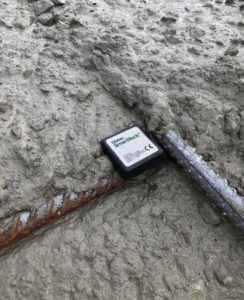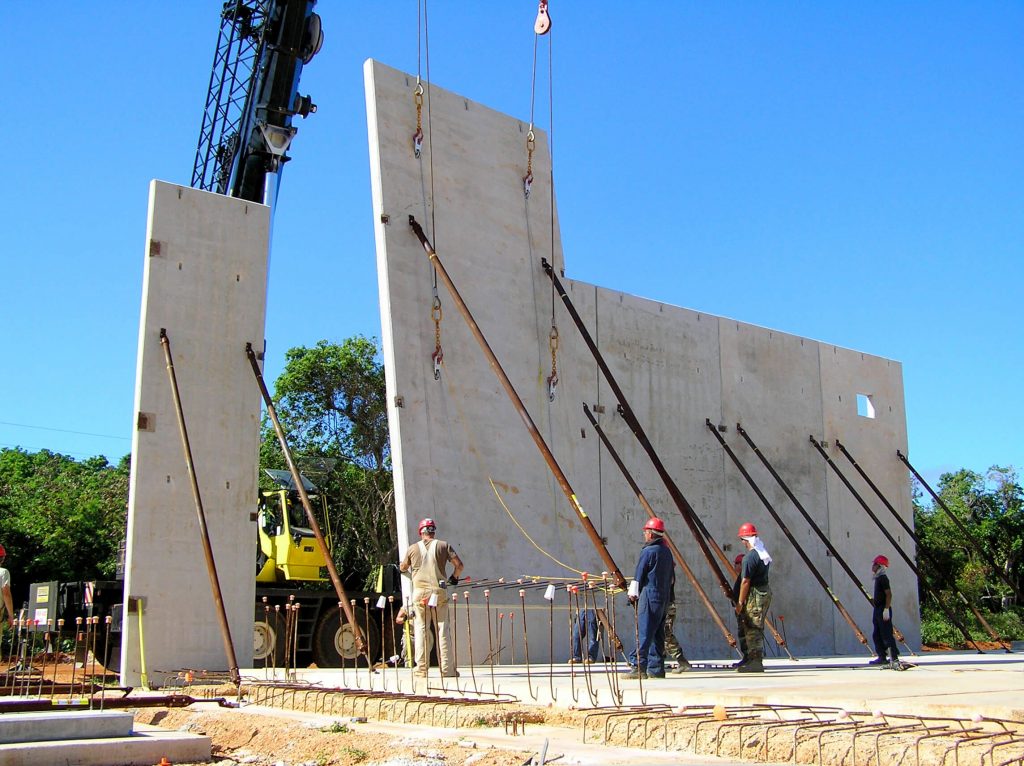The construction job site is now ripe for fundamental changes that enable productivity, safety, process improvement and new tools. The Internet of Things (IoT) is allowing for the deployment of simple low power sensors, like SmartRock® that are able to communicate cost-effectively. As IoT continues to become more ubiquitous, it’s having a greater impact on how the construction industry is turning around. IoT makes it possible for every stakeholder to understand what’s happening at every stage of the construction process in real-time from planning to actual construction, post-construction and how the building is operated during service.
Explore 12 Futuristic Technology Trends Solving Concrete's Biggest Challenges.
While the construction industry is changing at a glacial pace, construction companies who are adopting technology to successfully address common workplace concerns and streamline processes are benefitting from increased efficiencies and improved responsiveness to the increasing demands of the industry. Flat productivity, decreased margins, more schedule overruns and increased competition are some of the obvious reasons construction companies should consider the adoption of IoT technology and digitization. Data has now become a critical asset for business, and informed decisions can only be data-driven.
One such example of IoT-based technology becoming more and more popular in the construction industry are wireless concrete maturity sensors. Not only do these sensors allow you to reduce your reliance on third-party labs by eliminating field-cured cylinders, but you are notified in real-time about the strength and temperature of your concrete.
Maturity sensors give you accurate and reliable data since they are subjected to the exact curing conditions of the in-situ concrete slab. Fully embedded in the concrete and secured on the rebar before pouring, the temperature of your concrete is constantly monitored with these wireless sensors. Data is then used to automatically calculate compressive strength based on the maturity index from the calibrated mix. This means you immediately know when your concrete is strong enough to move on to the next steps in the construction process, without waiting to hear from the concrete batching plant. The process of using the maturity system on your jobsite is very easy, it only takes four simple steps before you start receiving notifications about your concrete’s compressive strength.
Learn more about wireless SmartRock concrete maturity sensors Here
Take a look at the full article on IoT For All to learn how IoT technology is improving jobsite productivity, maintenance, security and safety.











2 Responses
Hi,
I am looking for manufacture of Concrete maturity sensors.
Do U know a manufacturer?
Regards
Amos Notea
HIT Institute.
Hi Amos, please fill in a quote request at the bottom of this page: http://www.smartrock.com